
Home » Tudors
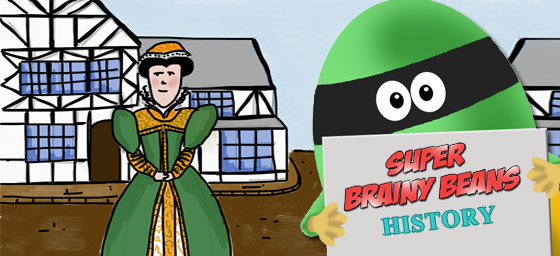

The Tudors for kids KS2
The Tudors for kids KS2 learning at Primary School. Homework help on the history of the Tudors, Tudor Britain and Henry VIII.
Time: 1485AD - 1603AD
Who were the Tudors?
The Tudors are one of the most famous families ever to rule England. They were in power from 1485 when Henry Tudor was crowned King Henry VII, until the time Queen Elizabeth I died, without an heir, in 1603. The Tudors were some of the most colourful people in history.
Tudor Kings and Queens
There were six Tudor Kings and Queens.
- Henry VII - 1485-1509
- Henry VIII - 1509-1547
- Edward VI - 1547-1553
- Jane Grey - July 1553
- Mary I - 1553-1558
- Elizabeth I - 1558-1603
Horrible Histories - Terrible Tudors
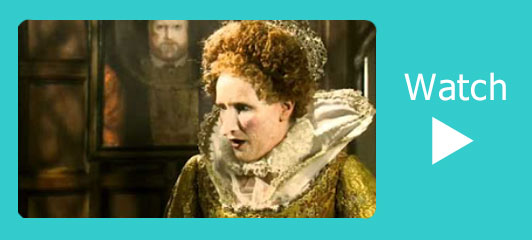
He had six wives:
- Catherine of Aragon - Catherine had a daughter with Henry, but no son so Henry divorced her.
- Anne Boleyn - Anne had a daughter (who would be Queen Elizabeth I) with Henry, but Henry turned against his wife and had her head chopped off.
- Jane Seymour - They had a son, Edward (who was the next King) but she died two weeks after he was born.
- Anne of Cleves - Henry divorced Anne after only six months.
- Catherine Howard - Catherine was only 19 when they married. Henry had her head chopped off.
- Katherine Parr - She looked after Henry's children.
Elizabeth I
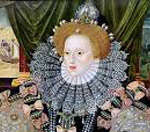
Elizabeth had a quick temper and liked to get her own way. She liked to live in fine palaces in London and it was an exciting time when she ruled. There were a lot of new discoveries during her time and many English explorers sailed off to find new lands.
Unlike Henry VIII, Elizabeth I never married and as she grew older people wondered who would be next Tudor to take over. So when she died on 24th March 1603, the Tudor period ended and the next in line to the throne was James VI of Scotland who became King and started the Stuarts period.
Tudor Britain
Although Elizabethan England was very rich, there were many poor people who had to beg for a living. In 1563 a Poor Law was passed so that money could be raised for the less fortunate ones.
Sir Walter Raleigh

He had many expeditions across the Atlantic to America. From one trip he brought back potatoes and tobacco to Europe, two things that were not known of at that time.
Sir Francis Drake
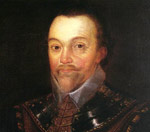
The Spanish Armada
How did the spanish armada start.
In 1588 King Philip II of Spain, angry that the English were raiding Spanish ships and stealing their treasures, sent a fleet of ships (The Spanish Armada), to invade England. They planned to sail to the Netherlands to join with an army, but while sailing through the English Channel, they were attacked by English warships. Fierce sea battles took place and during one night, while the Spanish ships were anchored near France, the English sent eight ships that had been set on fire, into the middle of the Spanish ships. The Spanish panicked and scattered all over the place.
The next day battle raged all day but the English, in the end, won.
What happened to the Spanish Armada?
Having been blown north around Scotland and Ireland, most of the Spanish ships were wrecked in terrible storms.

Also on Super Brainy Beans
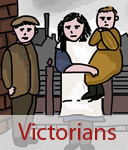
- Topical and themed
- Early years
- Special needs
- Schools directory
- Resources Jobs Schools directory News Search
Teaching the Tudors in primary
Australia and new zealand, primary history, tes resources team.

Explore the day-to-day life of the Tudors and the Tudor dynasty with these lessons and activities for KS2 pupils
It's unsurprising that the Tudor period is a popular topic choice in primary as it was a time of continuous change, development and the birth of The Golden Age in England. Five different monarchs reigned during The Tudor period starting with Henry VII in 1485, followed by Henry VIII, Edward VI and Mary I before ending with Elizabeth I in 1603. So whether you're exploring Tudor monarchs, Tudor houses, the Royal Mint or Tudor art, we have drawn together a selection of KS2 resources you could use with your primary pupils.
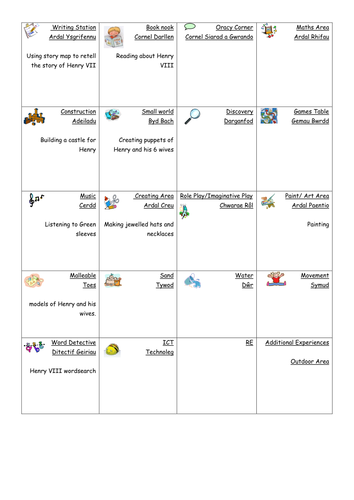
Tudors introduction
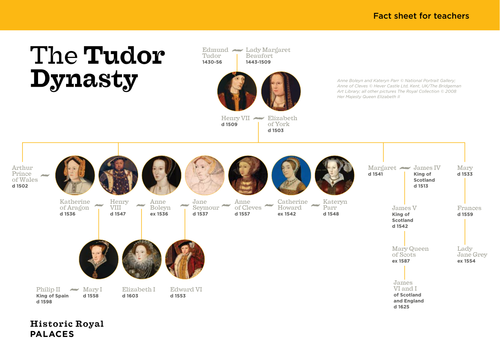
The Tudor Dynasty
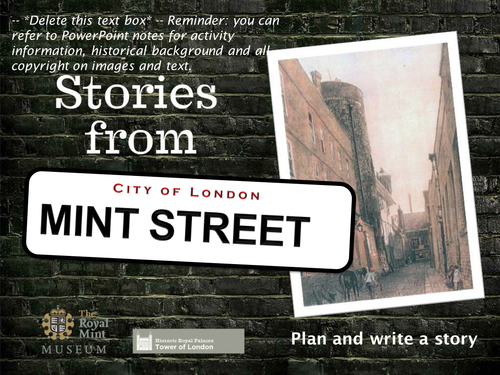
The Mint in Tudor Times

Tudor House Design and Technology Project Booklet Scheme of Work

Tudor Tatton
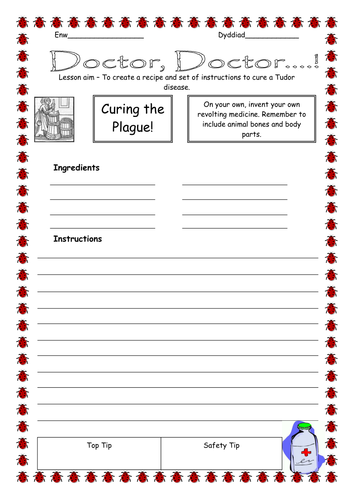

Tudor Medicine

Tudor Art and Artists
Tudor activities and supporting materials.
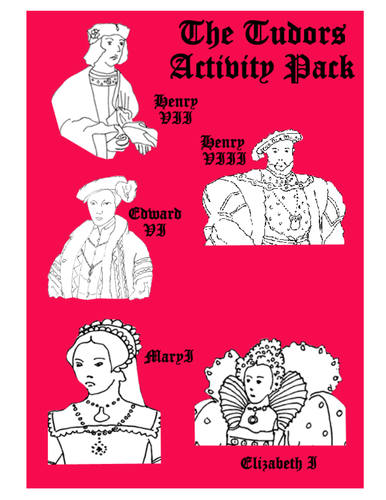
The Tudors Activity Pack
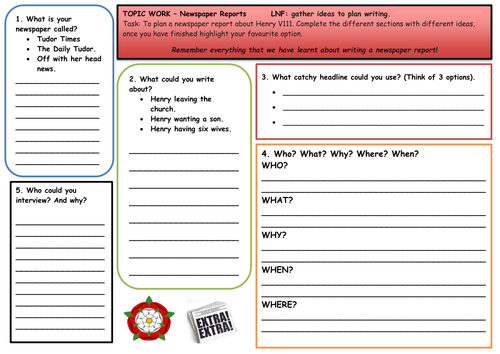
Tudor Newspaper Report

Tudor Assembly Script!

Tudors Knowledge Organiser

Tudor Monarchs and Henry VIII's Wives Colouring Sheets

Tudor Topic Cover

- DIGITAL MAGAZINE
MOST POPULAR
The Tudors primary resource
Explore the influence of the monarchy during tudor times, from henry viii to elizabeth i.
This primary resource explores significant social changes in Britain during the time of the Tudors, presented as an easy-to-read comic. Discover the influence of the monarchy during this time, from Henry VIII to Elizabeth I. What happened to Henry VIII’s wives? How did Christianity change in Britain during this time?
Pupils will learn about social, cultural and religious changes during the time of the Tudors and how they have affected life in Britain today, using our National Geographic Kids’ Tudors primary resource sheet.
The teaching resource can be used in study group tasks for a simple explanation of significant events during Tudor times, as a printed handout for each pupil to read themselves, or for display on the interactive whiteboard, as part of a whole class reading exercise.
Activity: Ask the children to select one of the key characters from the comic to conduct a case study on. Pupils could write a newspaper article about Henry VIII’s destruction of the Catholic Church, or reporting his death with reference to his six wives. They could carry out their own research on the Spanish Armada and how Elizabeth I reacted to the attempted invasion.
N.B. The following information for mapping the resource documents to the school curriculum is specifically tailored to the English National Curriculum and Scottish Curriculum for Excellence . We are currently working to bring specifically tailored curriculum resource links for our other territories; including South Africa , Australia and New Zealand . If you have any queries about our upcoming curriculum resource links, please email: [email protected]
This History primary resource assists with teaching the following History objectives from the National Curriculum :
- Know and understand the history of these islands as a coherent, chronological narrative, from the earliest times to the present day: how people’s lives have shaped this nation and how Britain has influenced and been influenced by the wider world.
- Gain historical perspective by placing their growing knowledge into different contexts, understanding the connections between local, regional, national and international history; between cultural, economic, military, political, religious and social history; and between short- and long-term timescales.
National Curriculum Key Stage 1 History objective:
- Pupils should be taught: significant historical events, people and places in their own locality
- Pupils should be taught: the lives of significant individuals in the past who have contributed to national and international achievements. Some should be used to compare aspects of life in different periods [for example, Elizabeth I and Queen Victoria, Christopher Columbus and Neil Armstrong, William Caxton and Tim Berners-Lee, Pieter Bruegel the Elder and LS Lowry, Rosa Parks and Emily Davison, Mary Seacole and/or Florence Nightingale and Edith Cavell]
National Curriculum Key Stage 2 History objective:
- Pupils should be taught a study of an aspect or theme in British history that extends pupils’ chronological knowledge beyond 1066
This History primary resource assists with teaching the following Social Studies Second level objective from the Scottish Curriculum for Excellence :
- I can discuss why people and events from a particular time in the past were important, placing them within a historical sequence
- I can compare and contrast a society in the past with my own and contribute to a discussion of the similarities and differences
Download primary resource
Leave a comment.
Your comment will be checked and approved shortly.
WELL DONE, YOUR COMMENT HAS BEEN ADDED!
Customize your avatar.

Ask an Astronaut!
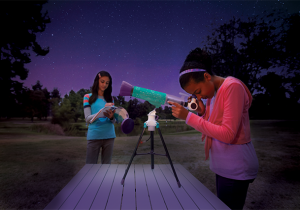
Light and lenses: 10 facts
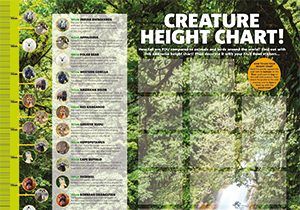
Collect wildlife stickers with Fruit Bowl & NG KiDS!
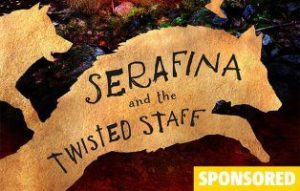
Be enchanted by Serafina and the Twisted Staff!

Sign up to our newsletter
Get uplifting news, exclusive offers, inspiring stories and activities to help you and your family explore and learn delivered straight to your inbox.
You will receive our UK newsletter. Change region
WHERE DO YOU LIVE?
COUNTRY * Australia Ireland New Zealand United Kingdom Other
By entering your email address you agree to our Terms of Use and Privacy Policy and will receive emails from us about news, offers, activities and partner offers.
You're all signed up! Back to subscription site
Type whatever you want to search
More Results

You’re leaving natgeokids.com to visit another website!
Ask a parent or guardian to check it out first and remember to stay safe online.

You're leaving our kids' pages to visit a page for grown-ups!
Be sure to check if your parent or guardian is okay with this first.
IMAGES
VIDEO
COMMENTS
Information and facts about Tudor life in Britain for kids - including tudor kings and queens, timeline, tudor clothes and tudor daily life.
The Tudors for kids KS2 History learning. Homework help on the Tudors, Tudor Britain, Henry VIII, Elizabeth I & Spanish Armada.
This video summarises what happened in the Tudor era. To find out more about the Tudors, go to http://homeworkhelpforkids.co.uk/history/tudors/If you want to...
Explore the day-to-day life of the Tudors and the Tudor dynasty with these lessons and activities for KS2 pupils. It's unsurprising that the Tudor period is a popular topic choice in primary as it was a time of continuous change, development and the birth of The Golden Age in England.
By using our assortment of the Tudors KS2 planning resources, pupils can learn more about the monarchs of the Tudor period, as well as how normal people lived by learning about their dress, food and drink.
This primary resource explores significant social changes in Britain during the time of the Tudors, presented as an easy-to-read comic. Discover the influence of the monarchy during this time, from Henry VIII to Elizabeth I.
This Tudors Teaching Resource Pack for KS2 is packed full of KS2 resources about the Tudors - everything in one handy download. The pack includes: The Tudors Knowledge Organiser; Henry VIII and His 6 Wives PowerPoint; The Tudors Timeline; Tudor Houses; How to Make a Tudor House Activity; Tudor Shields PPT; Tudor Shields Worksheet; Tudor ...
Portugal and Spain led the way, exploring the coasts of Africa, Asia and the 'New World' of the Americas. English exploration began in the reign of Henry VII, who sent Italian-born navigator John Cabot to find a northwestern route to Asia. A poet, Tudor Courtier and adventurer.
The best guides and activities all about the Tudors. They contain text, videos and challenges to help you understand, practise and test your knowledge. Who was William Shakespeare?
Around 200 people of African origin lived in Tudor England. They arrived in England in different ways, some as ambassadors, others via the empires of Spain and Portugal. KS3 History The...